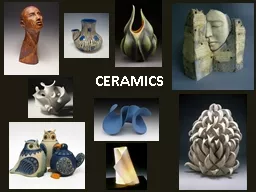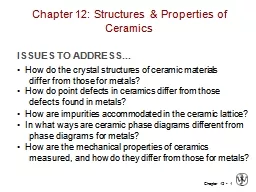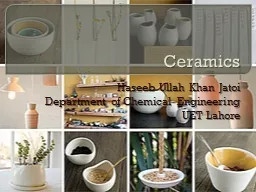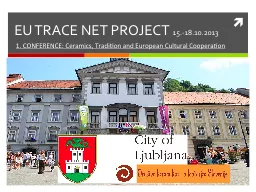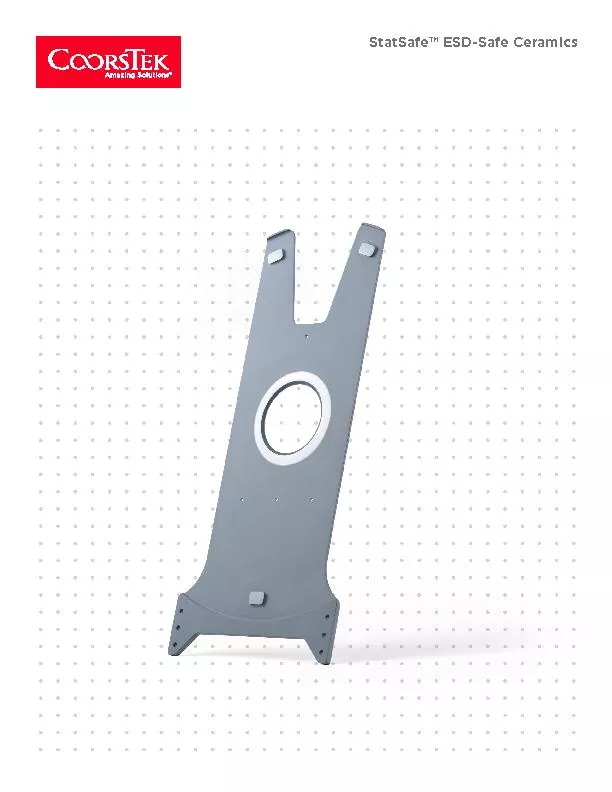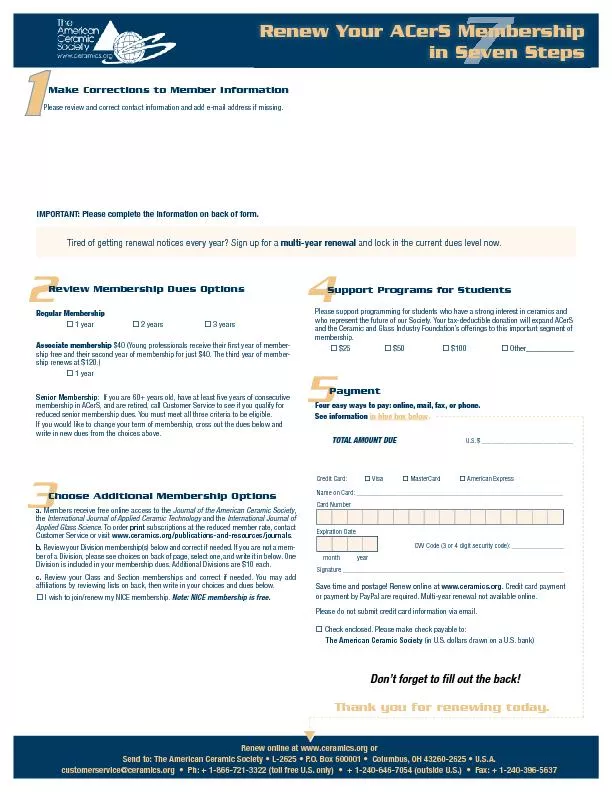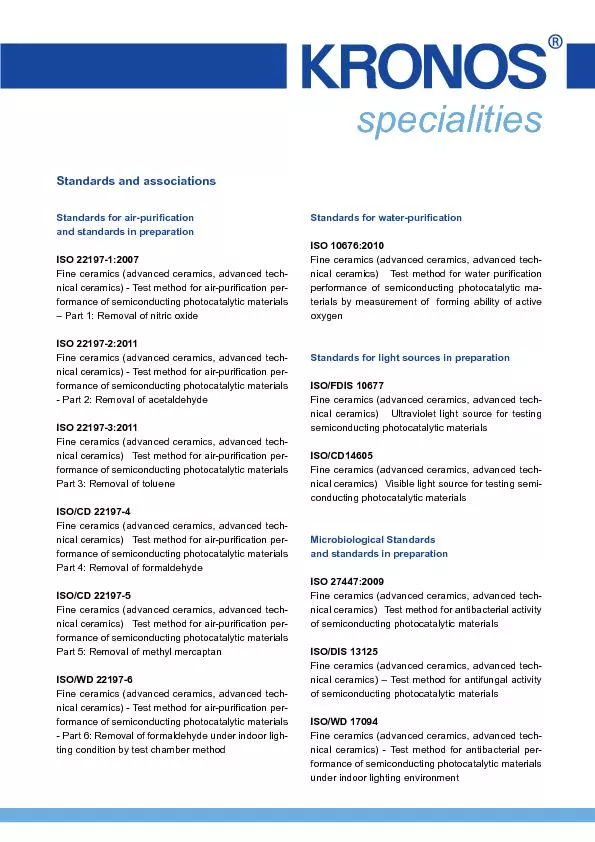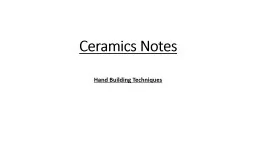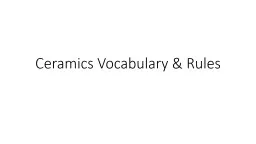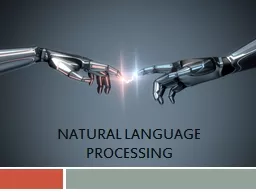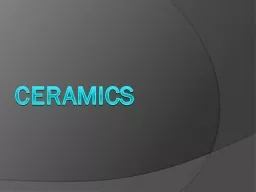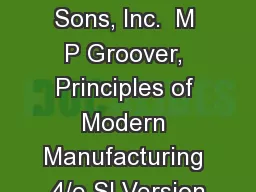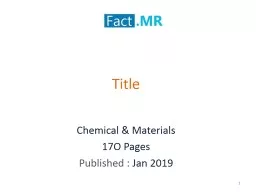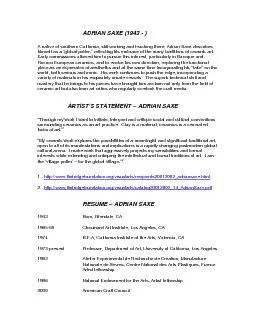PPT-CERAMICS What is Ceramics?
Author : briana-ranney | Published Date : 2018-10-05
Pottery or clay sculpture fired at high temperatures in a kiln to make them harder and stronger Ceramics Around the World Ceramics have been used throughout the
Presentation Embed Code
Download Presentation
Download Presentation The PPT/PDF document "CERAMICS What is Ceramics?" is the property of its rightful owner. Permission is granted to download and print the materials on this website for personal, non-commercial use only, and to display it on your personal computer provided you do not modify the materials and that you retain all copyright notices contained in the materials. By downloading content from our website, you accept the terms of this agreement.
CERAMICS What is Ceramics?: Transcript
Download Rules Of Document
"CERAMICS What is Ceramics?"The content belongs to its owner. You may download and print it for personal use, without modification, and keep all copyright notices. By downloading, you agree to these terms.
Related Documents

